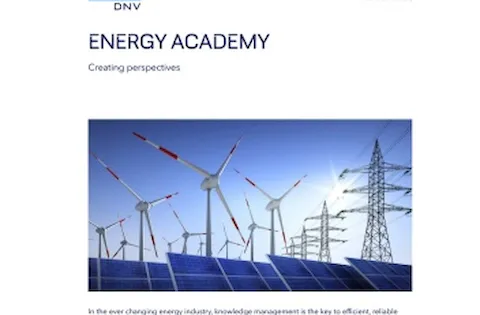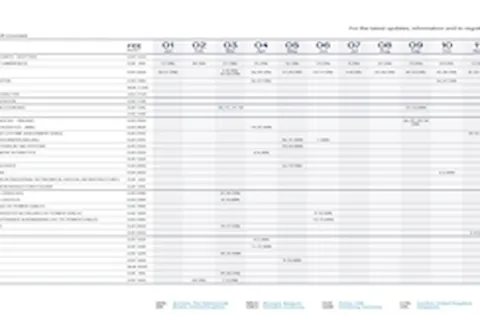HVDC Power Cable training course
This training course will focus on HVDC transmission, primarily on the underground and submarine power cables and its accessories.
Developments like increasing usage of renewable energy sources and increasing demand for electricity in modern society is forcing transmission (system) operators to invest in connections with greater capacity and/or length. Using only AC would pose significant problems, related to transmission losses and principle length limitations. The development of HVDC transmission systems has thus become increasingly important in recent years, as these systems can transmit large amounts of power over long distances with lower losses.
Another obvious use of HVDC cables is for submarine applications, enabling e.g. large interconnectors and connections to more distant wind farms. This training course will address and highlight the entire HVDC cable life cycle, providing participants with the confidence to tackle HVDC related issues in their work.
Subjects:
- Introduction
- HVDC system technology
- HVDC cable system design parameters
- HVDC cable materials
- HVDC cable accessories: joints and terminations
- HVDC cable installation on land and subsea
- HVDC cable ageing and cable failures
- Quality assurance and quality control, inspections and testing
- Asset management of HVDC power cables in operation
Target Audience:
Engineers and staff from utilities, project developers, asset owners, manufacturers, service providers, insurance companies, etc. currently working or interested in HVDC power cables. We assume that participants have a good basic knowledge of power cables (if not, following DNV's Power cables in general training course is highly recommended).
DNV offers a range of courses in the field of power cables:
- Ageing, quality assurance, testing, diagnostics and failures of power cables
- Asset management, maintenance and remaining life of power cables
- Submarine power cables
- HVDC submarine power cables
For those interested in HVDC in general (not only cable related), please note that we also offer a modular VSC HVDC Technology providing knowledge and understanding of HVDC technology.
On request, DNV can also provide in-company or customized training (content, location and duration can be adapted to your specific wishes). Please contact us for more information.


